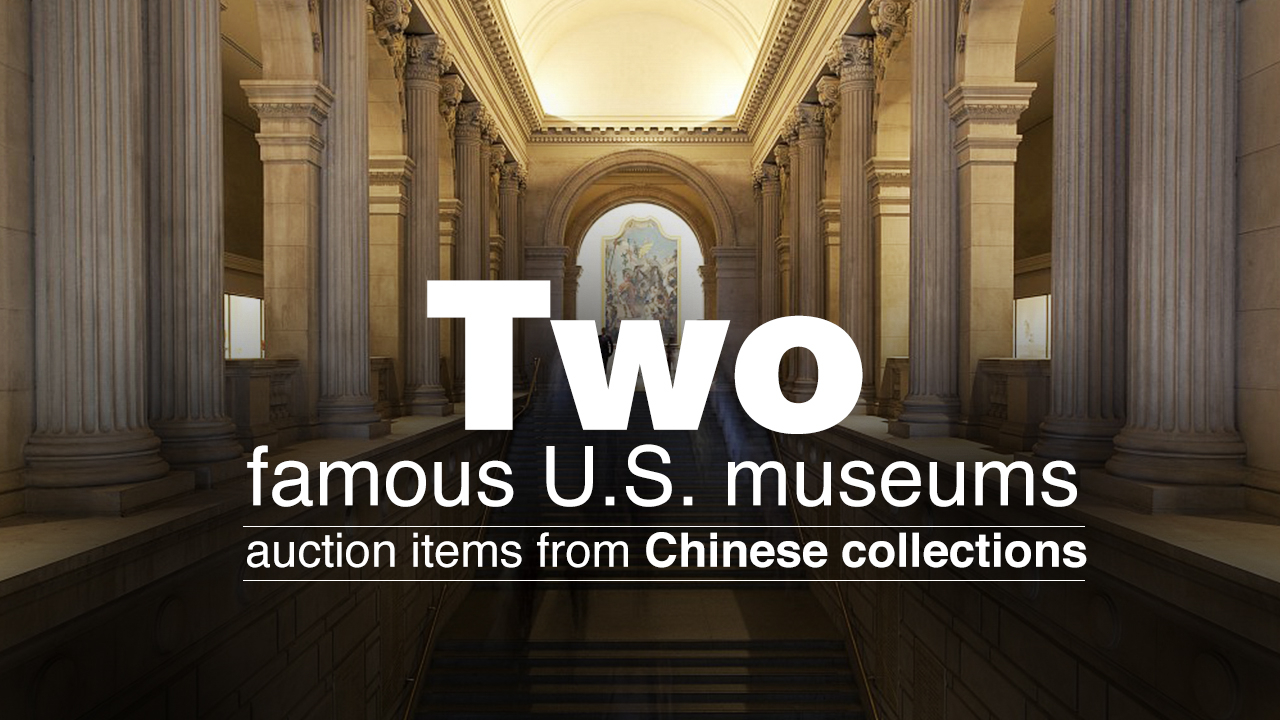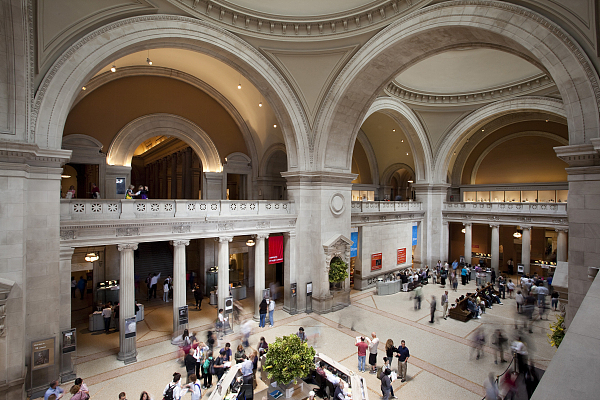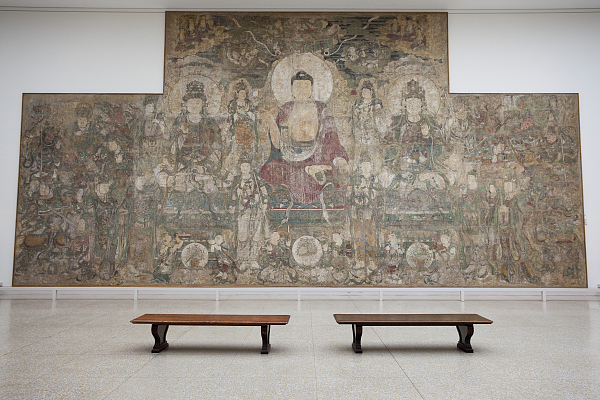

According to Artnet News, the Metropolitan Museum of Art (MET) will sell more than 300 pieces of Chinese art from its collection, including ancient ceramics, jade ware, and artifacts donated by collectors, during New York's Asian Art Week, which starts in September.
Three months ago, the Art Institute of Chicago (AIC) also announced that it would sell 300 pieces of Chinese art, mainly Ming (1368-1644) and Qing dynasty (1644-1912) porcelain, at the Asian Art Week.
Famous museums in the U.S. are selling their collections, and the move seems unprecedented to Chinese museums.
Why are two famous U.S. museums auctioning part of their Chinese collections?
During September, more than 300 Chinese works from the Florence and Herbert Irving's MET Asian Art Collection will be offered for sale by Sotheby's.
According to Artnet News reports, the artworks are part of a collection of 1,275 items donated to the museum by the late philanthropists Florence and Herbert Irving. Proceeds from the auction will be returned to the museum's Irving Acquisition Fund.

The interior of the Metropolitan Museum of Art in New York. /VCG Photo
Maxwell K. Hearn, chairman of Asian Art Department at the MET, said in a previous statement that Florence and Herbert Irving were visionary and passionate collectors whose dedication and generosity greatly influenced the museum's collections. Their donation will enable the MET to continue to improve their collections, Hearn added.
Three months ago, the AIC also announced that it would auction 300 pieces of Chinese art during New York's Asian Art Week. At that time, some domestic public opinion commented that the move of the AIC was due to lack of funds, and it solved the urgent financial need by removing the general collections.
Wang Tao, director of the Department of Asian Art and curator of Chinese Art at the AIC, told The Paper that many of America's top museums are buying new collections while also processing and updating old ones to maintain the quality and the potential of the overall collection.

The picture of "Buddha of Medicine Bhaishajyaguru" at the Metropolitan Museum of Art in New York. /VCG Photo
Museums have strict standards and procedures for handling their collections. The collected money by the museum (AIC) cannot be used for operating costs, but can only be used to buy new collections, Wang added.
The donors made it optional to sell part of the items donated
In MET's case, Florence and Herbert Irving have long had a constructive relationship with the museum. So much, that the museum named its entire Asian art section after the couple's names.
In 2015, Irving donated more than 1,300 works of Asian art to the Metropolitan Museum of Art. The collection comes from many countries and spans 5,000 years. But the couple realized that the donations could create redundancy in the museum's existing collections, so they ruled that the museum could choose to sell their donation to support future collections.
Can Chinese museums dispose of their collections freely?
Because museums have different operating systems in different countries, Chinese museums have to follow relevant laws and need administrative approval to dispose of their collections. This is very different from the museums in the U.S., where the board system is implemented, Xu Yongxiang, an expert in the field of culture and museum, told The Paper.
(Cover image made by Jia Jieqiong)

Copyright © 2018 CGTN. Beijing ICP prepared NO.16065310-3
Copyright © 2018 CGTN. Beijing ICP prepared NO.16065310-3